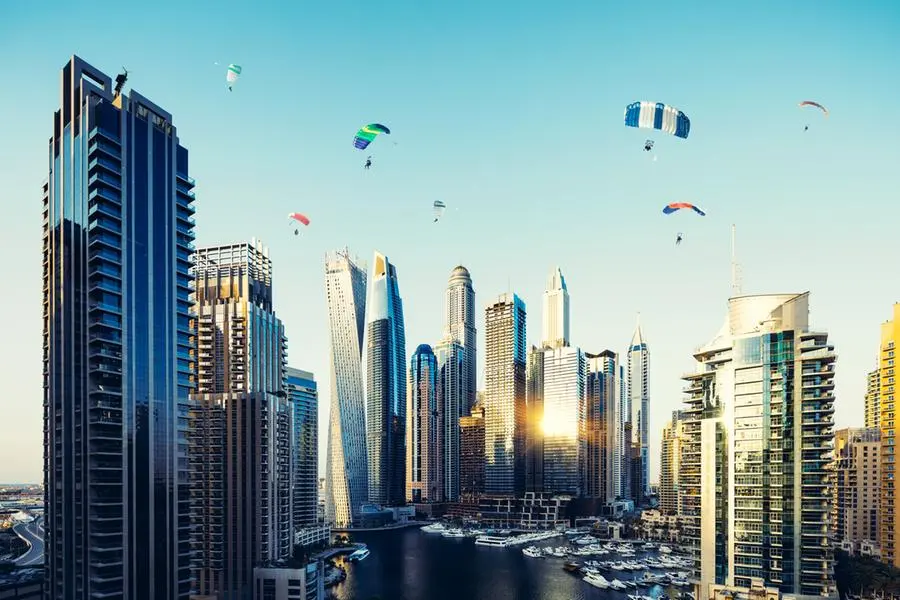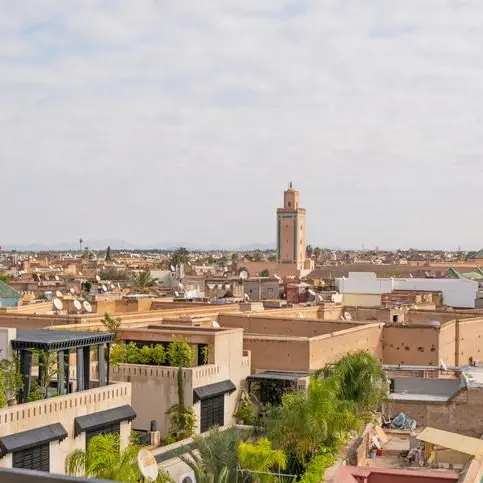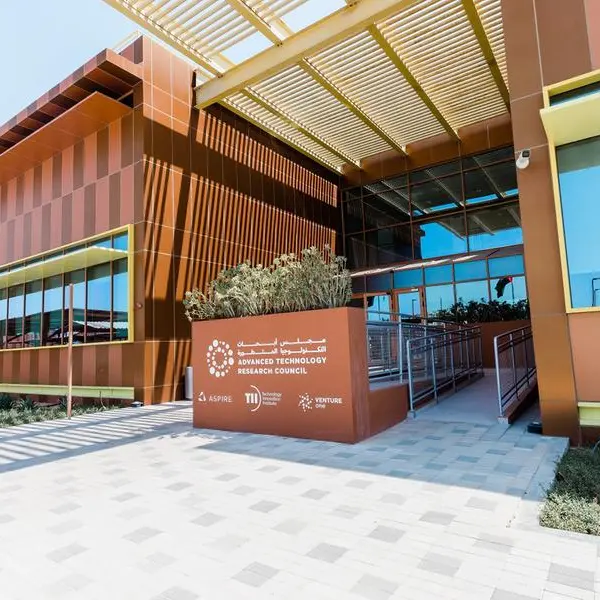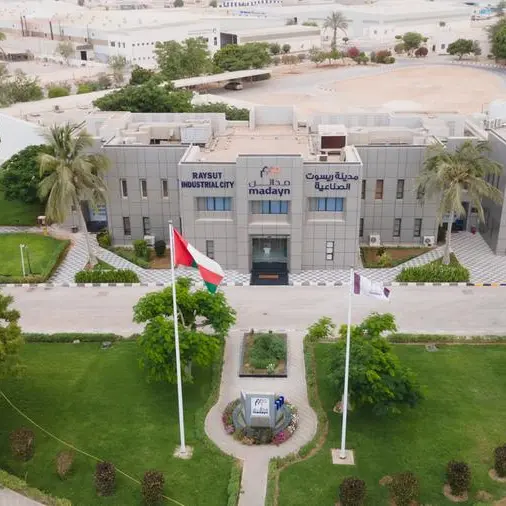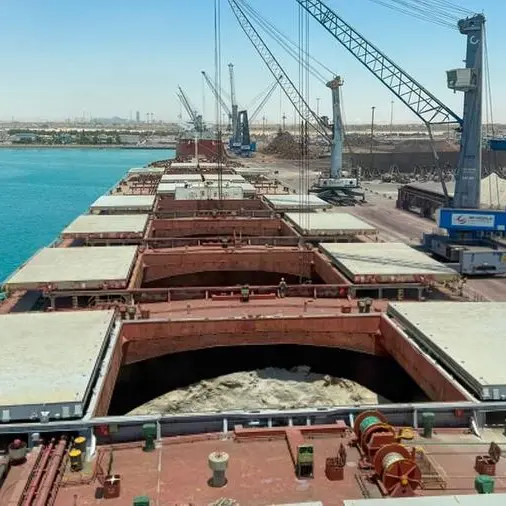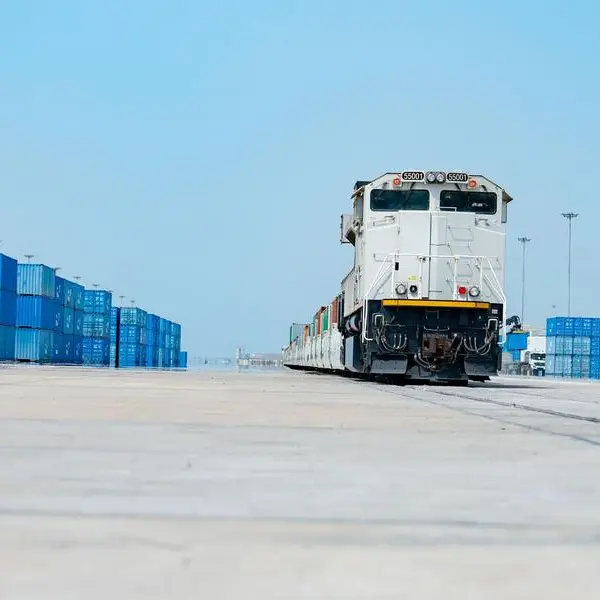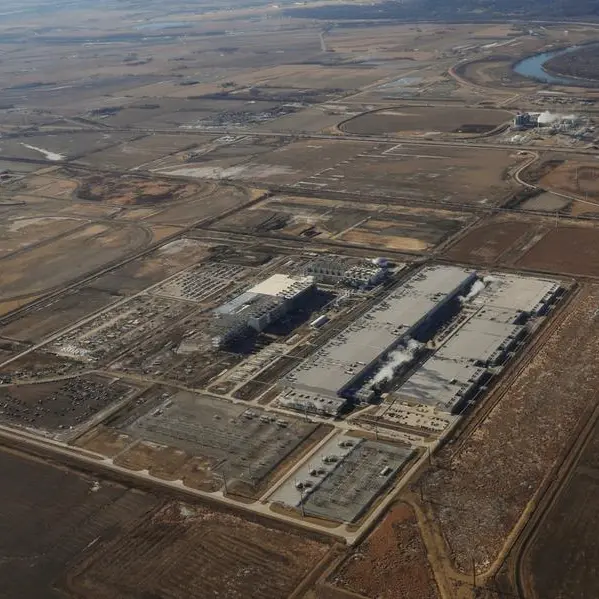PHOTO
Image used for illustrative purpose. Getty Images
While the Gulf region’s growth story remains strong, it may face increased challenges in the future as the post-COVID economic boom slows down, according to the Chief Economist for MENA region at HSBC.
The post-COVID era, which saw ultra-low interest rates aimed at stimulating economies, has been followed by a period of tight monetary policy to cool them down.
According to Simon Williams, despite policymakers' efforts to guide the global economy toward a soft landing, signs of a slowdown are emerging in key economies, with Germany in recession, the Eurozone struggling, the UK facing difficulties, China contending with both cyclical and structural challenges and parts of the US experiencing economic slowdown.
“We are at a shift in the global cycle, the season is changing, and what lies ahead is, in part, a product of what came before,” he said while speaking at the Energy Markets Forum (EMF) in Fujairah on Tuesday
While welcoming the drop in global inflation in goods and services, Williams noted that monetary easing has its limits, especially given current geopolitical uncertainties and trade tensions.
The Gulf as outperformer
He said he expects the Gulf Cooperation Council (GCC) region to be a global outperformer in the years ahead, with growth running at double the global pace and sentiment continuing to remain high.
“The high frequency data that I can watch still has momentum at a time when it's fading elsewhere,” he said.
Williams outlined the factors underpinning his bullish outlook as follows:
- Consumption growth is expected to be robust due to strong population growth.
- There is exceptional performance by the region’s export-oriented service sector, with one of the strongest recoveries from COVID-19 in travel and tourism globally.
- The region’s capital spending and investment programs are unmatched globally, driven by confidence and financial resources that few other regions can match.
- Substantial structural reforms are underway, signaling a shift in the economic landscape. These include changes in governance and policy-making, the digitisation of government and the economy, reforms in financial and labor markets, and increasing openness to trade, capital, and people.
He noted that this structural shift continues to support the cycle, particularly in an environment characterised by low inflation, low government debt, and currency pegs that shield the region from volatility.
However, he cautioned that the region may be entering a more challenging phase as the economic cycle matures and slows down the extraordinary post-COVID growth experienced over the past three years.
“It becomes harder to maintain momentum as weakness in the outside world feeds through to this part of the world,” he said.
Crucial role of oil prices
According to the HSBC official, while the region has withstood geopolitical shocks, the current geopolitical environment was something that wasn’t anticipated even a year ago.
“It's not quite clear where we'll be a year from now and uncertainty inevitably brings a degree of hesitancy,” he stated.
Moreover, oil prices continue to exert major influence over the region’s economic activity. HSBC is forecasting oil prices to range between $70 and $90, which, Williams noted, is manageable for the Gulf but if prices fall below that due to external factors or production decisions, it would affect spending programmes, sentiment, liquidity, and ultimately, growth.
And while structural reforms have boosted the potential growth rates across the GCC region, it is still early days on the productivity front.
“If the extraordinary outperformance of the last three or four years is to continue, it's just critical that those structural changes continue to be delivered,” he concluded.
(Reporting by Anoop Menon; Editing by SA Kader)
Subscribe to our Projects' PULSE newsletter that brings you trustworthy news, updates and insights on project activities, developments, and partnerships across sectors in the Middle East and Africa.
